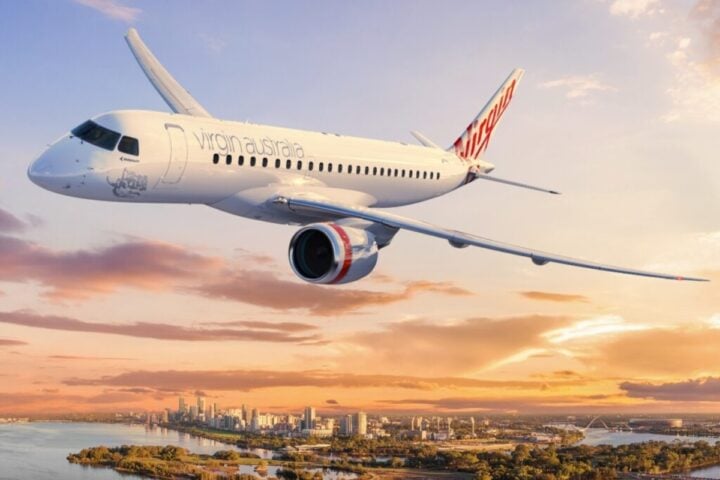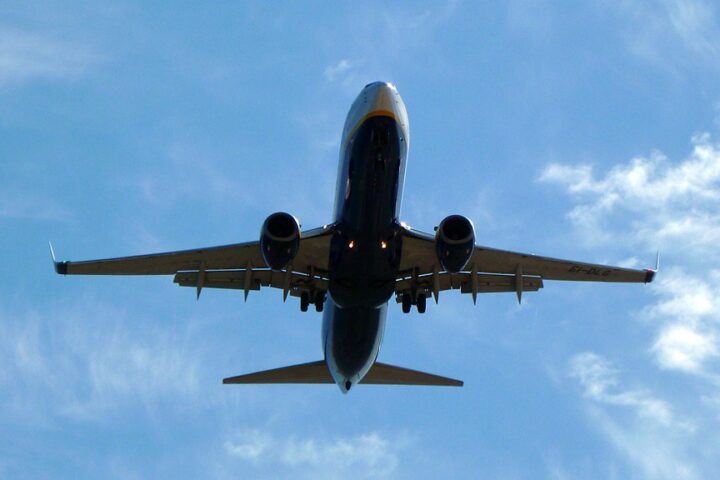In a move that reshapes the U.S. airline industry, Alaska Air Group has finalized its $1.9 billion acquisition of Hawaiian Holdings, Inc. This merger, announced on September 18, 2024, creates the fifth-largest carrier in the United States, behind United, Delta, American and Southwest.
Key Highlights of the Merger:
- Expanded Network and Fleet: The combined entity now offers flights to 141 destinations, including 29 international markets. With access to over 1,200 destinations globally through the oneworld Alliance and other partnerships, the merger significantly broadens the airlines’ reach.
The new fleet comprises 350 aircrafts, including:
- 2 Boeing 787 Dreamliners
- 24 Airbus A330s
- 18 Airbus A321neos
- 235 Boeing 737s
- 19 Boeing 717s
- 44 Embraer E175s
- 8 dedicated freighters
- Hub Expansion and Employment: Honolulu becomes the second-largest hub for the combined airline, after Seattle. The merger brings together over 33,000 employees across North America, Asia, and the Pacific.
- Brand Preservation: Both Alaska Airlines and Hawaiian Airlines will maintain their distinct brands, allowing for continuity in customer experience and brand recognition.
- Leadership Changes: Ben Minicucci continues as CEO of Alaska Air Group. Joe Sprague, previously Alaska’s regional president of Hawaii/Pacific, takes over as CEO of Hawaiian Airlines.
- Financial Implications: Alaska Air Group projects at least $235 million in run-rate synergies and expects high single-digit earnings accretion within two years. The company aims for a mid-teens return on invested capital by year three.
- Regulatory Approval and Conditions: The U.S. Department of Transportation (DOT) approved the merger with specific conditions:
- Preservation of frequent flyer rewards.
- Maintenance of certain Hawaiian routes.
- Protection of inter-island and key Hawaii-mainland U.S. routes.
- Continued support for the Essential Air Service program.
- Integration Timeline: Full integration, including obtaining a single FAA operating certificate, is expected to take 12-18 months. This process involves merging pilot training, procedures, and various operational systems.
- Labor Considerations: The merger agreement includes protections for employees, such as no involuntary furloughs or displacements. Ongoing negotiations with unions, particularly for flight attendants, will be crucial in the integration process.
- Fleet Diversification: The merger reintroduces Airbus aircraft to Alaska’s previously all-Boeing fleet, adding complexity to operations and training.
- Hawaiian Holdings, Inc. was delisted from the NASDAQ Composite Index.
Similar Posts
Industry Impact and Challenges
This merger occurs against a backdrop of increased regulatory scrutiny of airline consolidations. The Biden administration has previously blocked mergers, such as the proposed JetBlue-Spirit deal, citing concerns over reduced competition and potential fare increases.
The integration of two airlines with distinct operations, fleets, and cultures presents significant challenges. Hawaiian Airlines’ CEO, Joe Sprague, said “We have a unique, once-in-a-generation opportunity to combine two incredible companies with aligned values and 90+ year legacies of serving and connecting local communities. I am deeply honored to work alongside these strong leaders from Hawaiian Airlines to lead the airline’s people, operations, and brand through this transition while sustaining our commitments to safety and service.”
Consumer Benefits and Concerns
While the merger promises expanded route options and potentially improved services, consumer advocates warn of the need for vigilance regarding fare increases and service quality. The DOT’s conditions aim to address some of these concerns, particularly in maintaining essential routes and preserving frequent flyer benefits.
Looking Ahead
As Alaska Air Group embarks on this significant expansion, the industry will watch closely how it navigates the integration challenges and leverages its newfound scale. The success of this merger could influence future consolidation attempts by the U.S. airline industry, which has seen substantial changes since the 1980s.
The combined airline’s ability to compete with larger carriers while maintaining its commitment to regional markets, particularly in Hawaii and Alaska, will be a key factor in its long-term success. As the integration progresses, both business travelers and tourists will be keen to see how this merger affects their travel options and experiences.


















